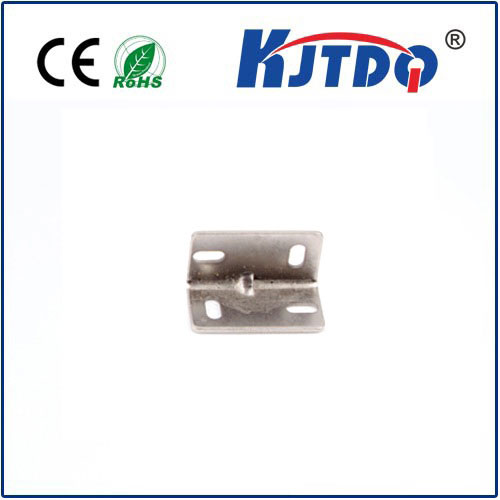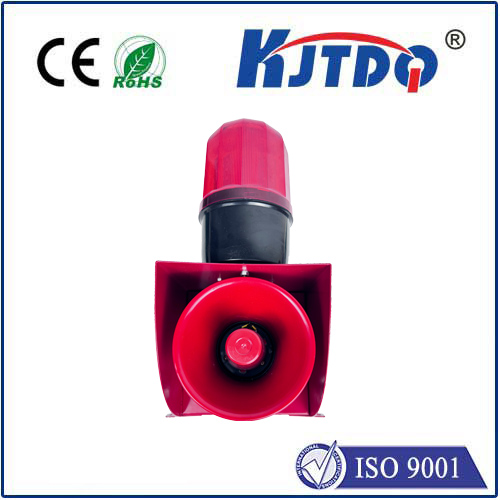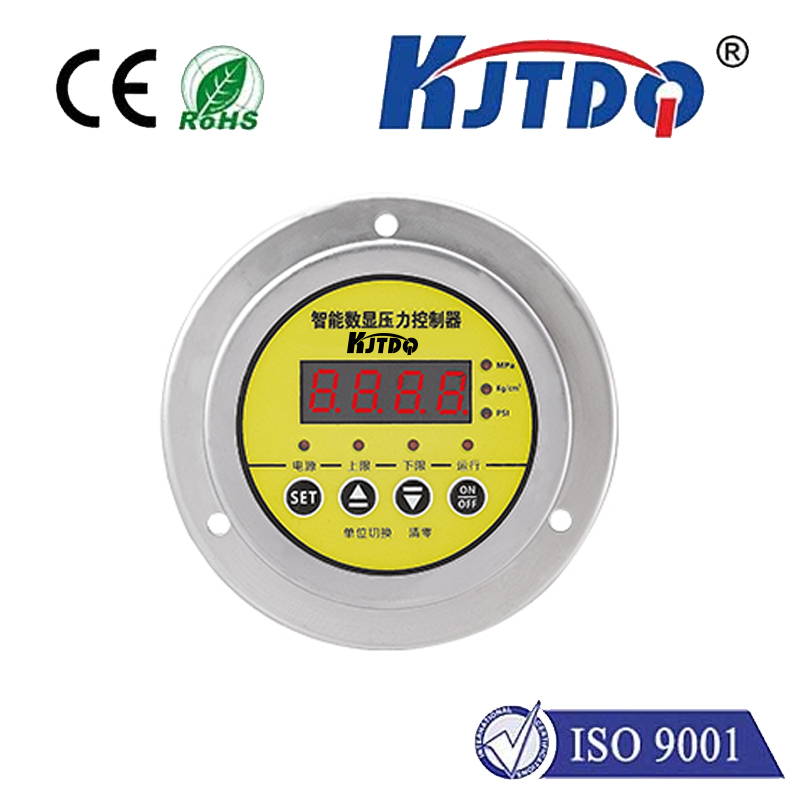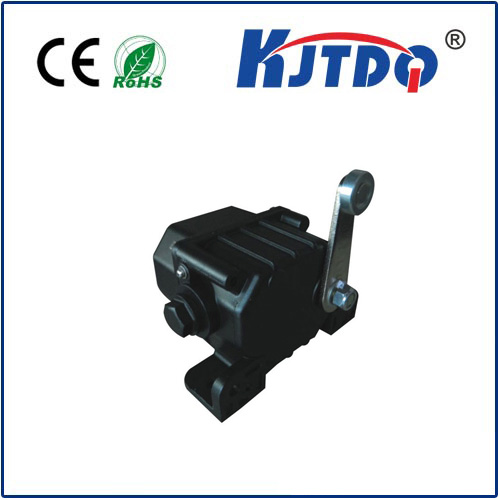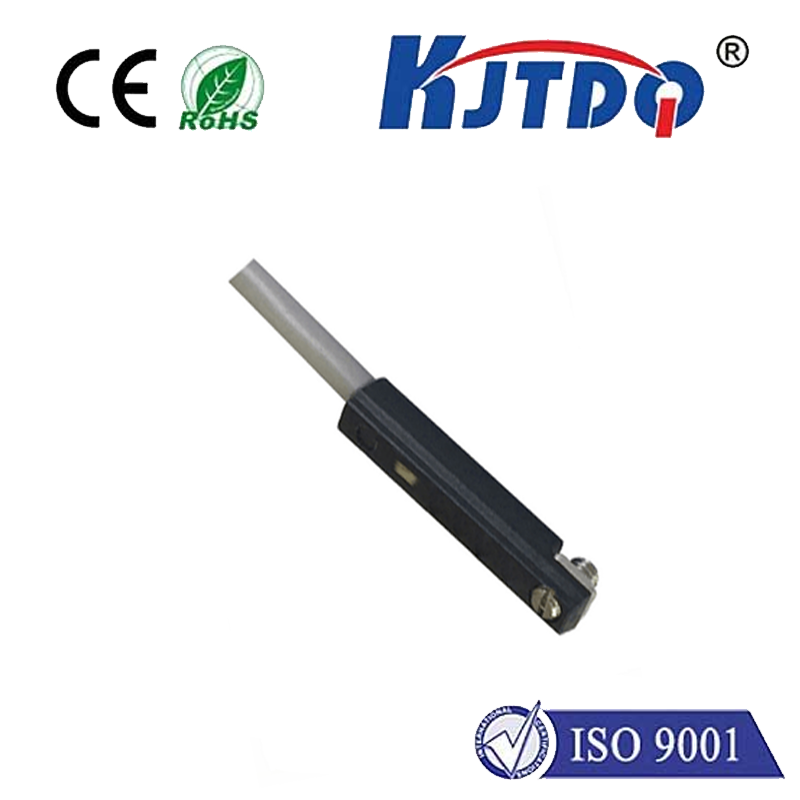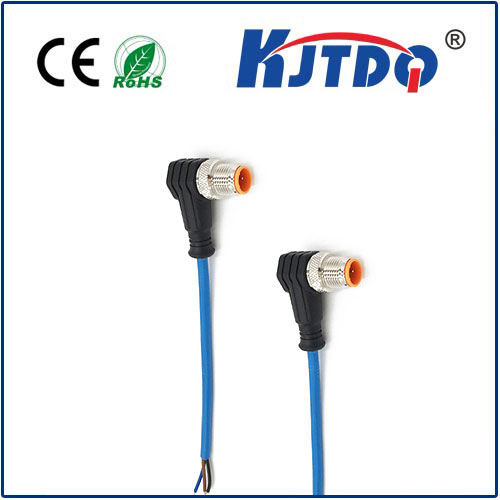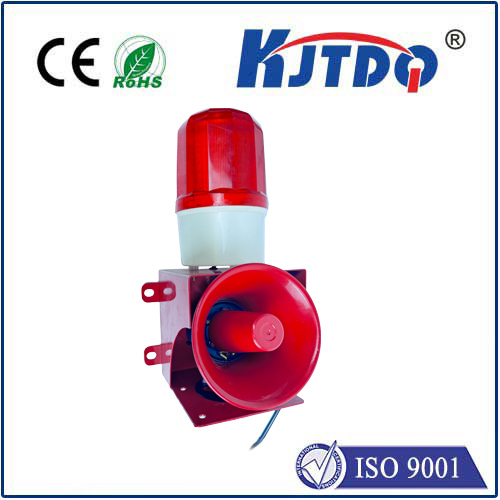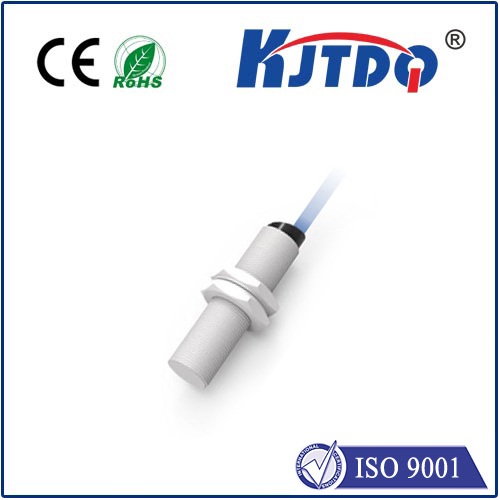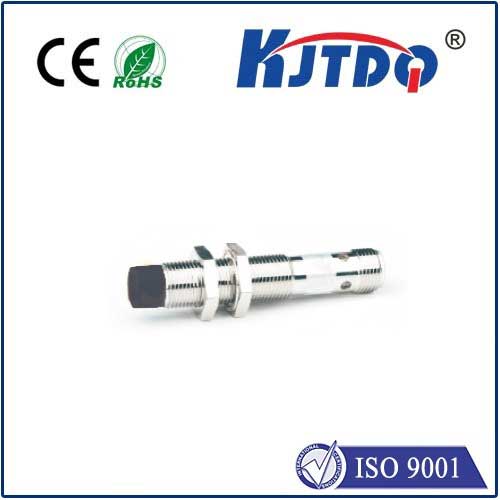
check

check

check

check
Lifts, also known as elevators or lifts in some countries, are a crucial component of modern buildings. They provide convenient and efficient means of transport between floors, enabling seamless access to different levels of the building. However, the safe operation of lifts requires the installation of limit switches, which play a vital role in ensuring the smooth functioning of these machines. This article will explore the importance of limit switches for lifts, highlighting their critical role in ensuring safety, efficiency, and reliability.
Firstly, limit switches serve as an essential safety feature in lift systems. They are designed to detect when the lift has reached its maximum or minimum height, preventing it from overshooting or undershooting its intended destination. Without limit switches, there is a risk that the lift could continue moving beyond its designated level, potentially causing serious harm to passengers or damaging the building structure. Therefore, limit switches act as a fail-safe mechanism to prevent accidents and ensure the well-being of those using the lift.

Secondly, limit switches contribute to the efficiency of lift operations. By accurately determining the position of the lift, they allow for precise control over its movement, reducing unnecessary stopping and starting. This not only enhances the ride experience for passengers but also reduces energy consumption and wear and tear on mechanical components. In addition, limit switches help maintain consistent performance by identifying any issues with the lift's movement patterns, allowing timely maintenance and repairs to be carried out before problems escalate.
Furthermore, limit switches are integral to the overall reliability of lift systems. They provide real-time monitoring of the lift's location within the shaft, enabling operators to track its movement and respond quickly to any irregularities. This information can be used to diagnose faults, schedule routine maintenance checks, and plan future upgrades or modifications. Consequently, limit switches play a significant role in minimizing downtime and ensuring uninterrupted service for users.
In conclusion, limit switches are an indispensable component of lift systems. They offer numerous benefits in terms of safety, efficiency, and reliability, making them an essential part of any modern building equipped with elevators. As technology continues to advance, it is likely that limit switches will become even more sophisticated, further enhancing their capabilities and improving the overall user experience.
